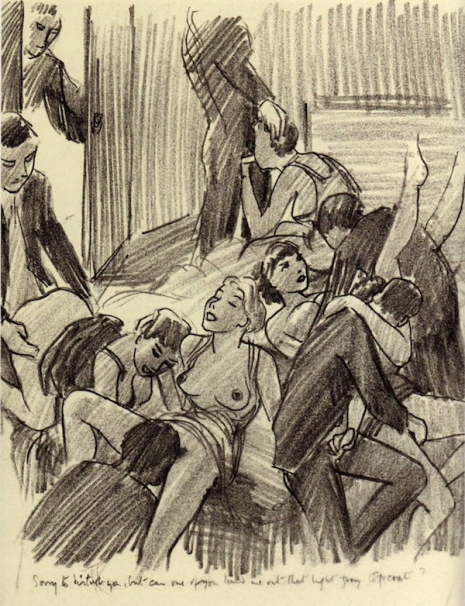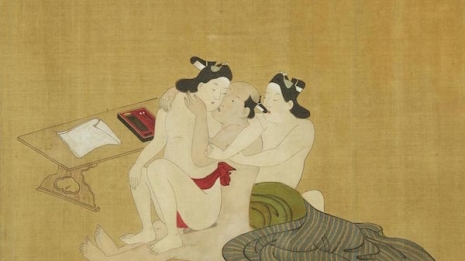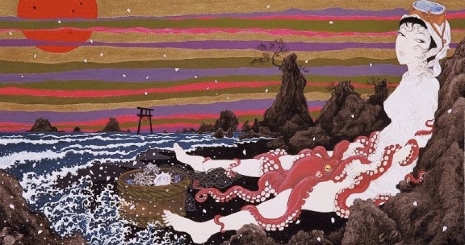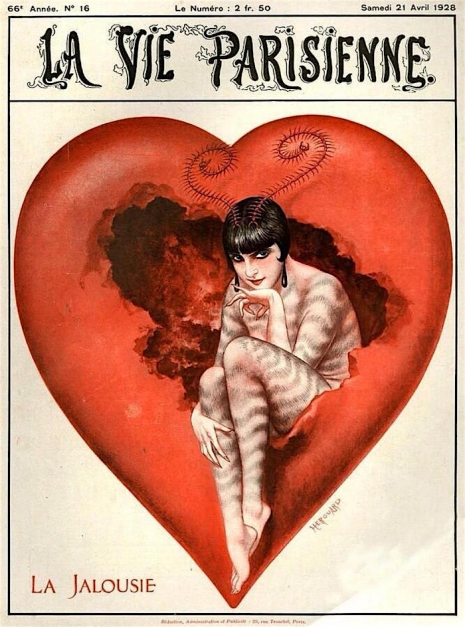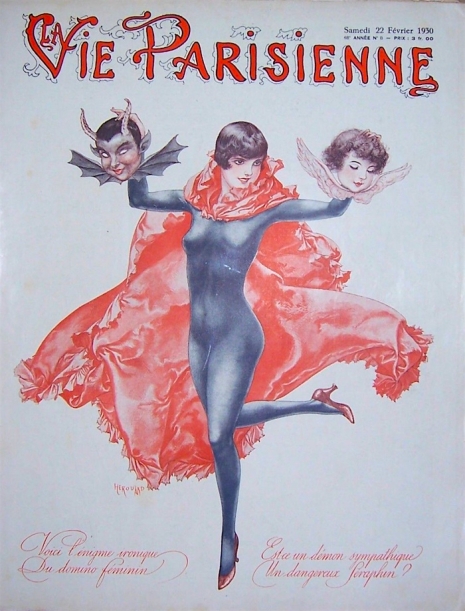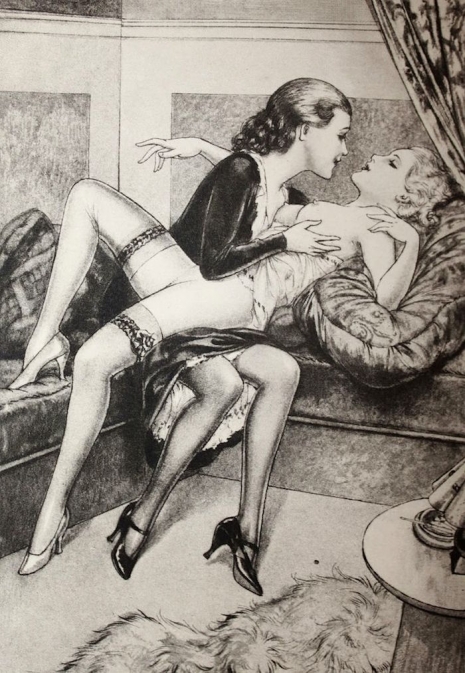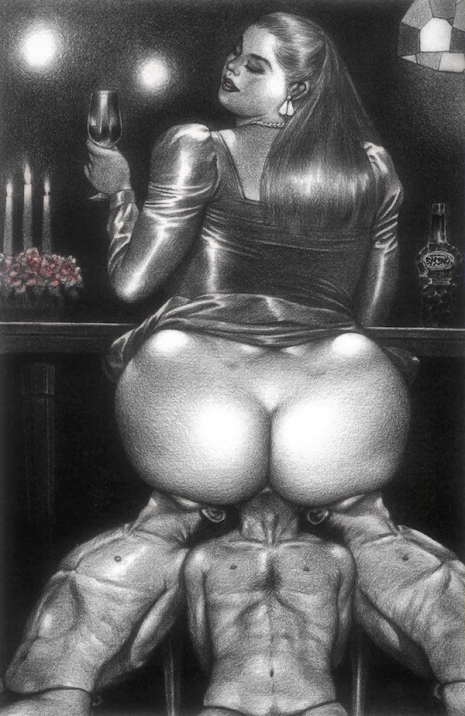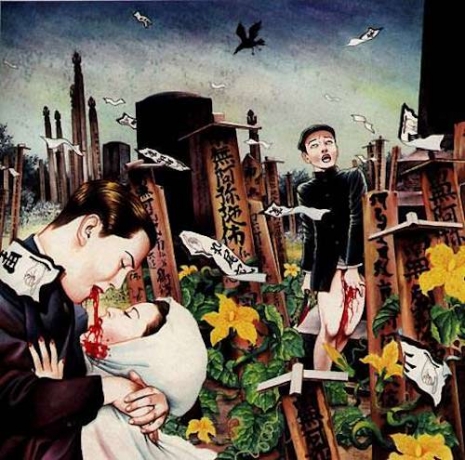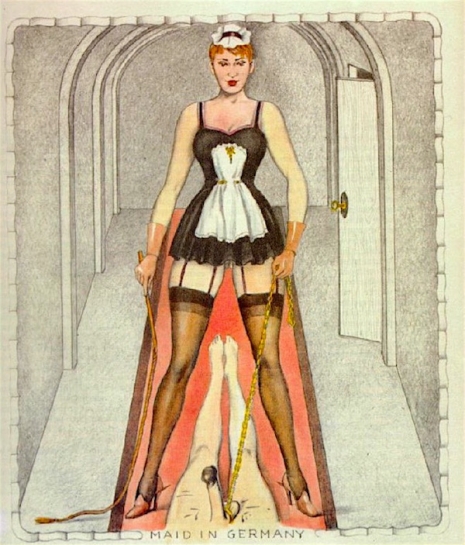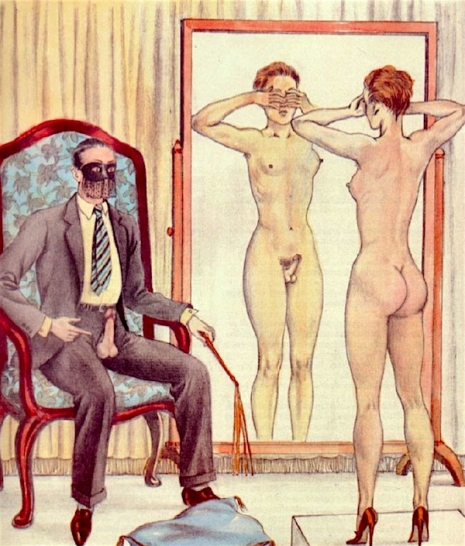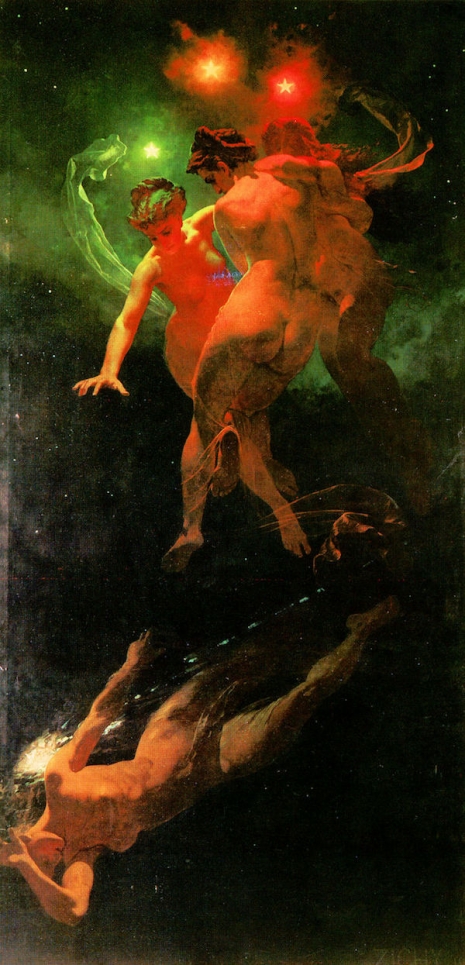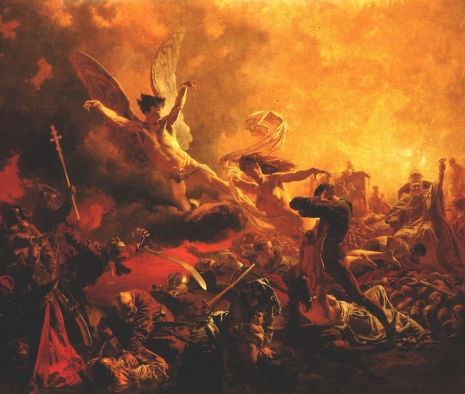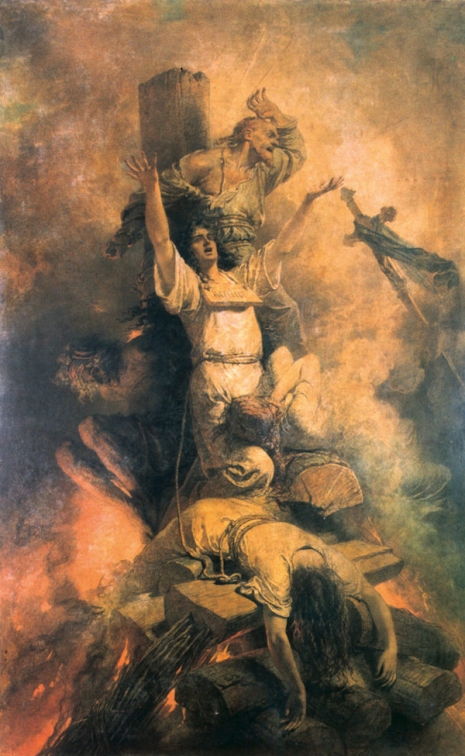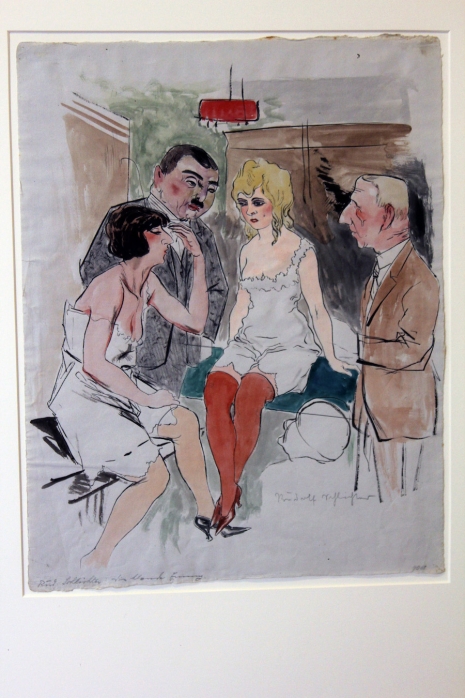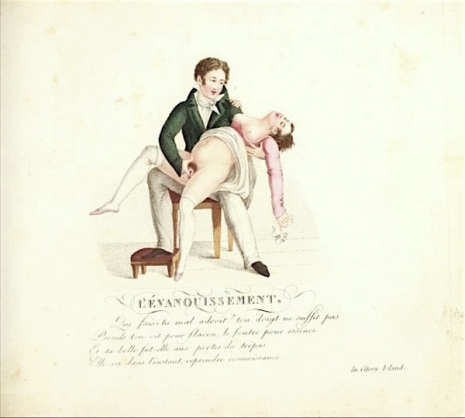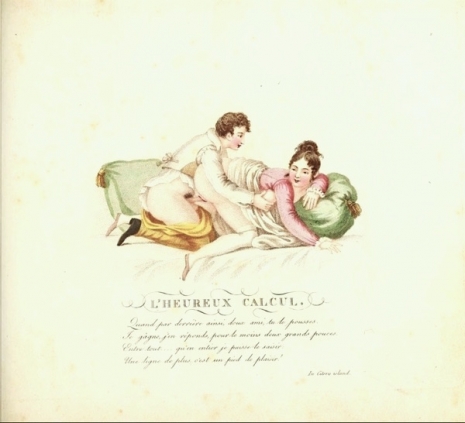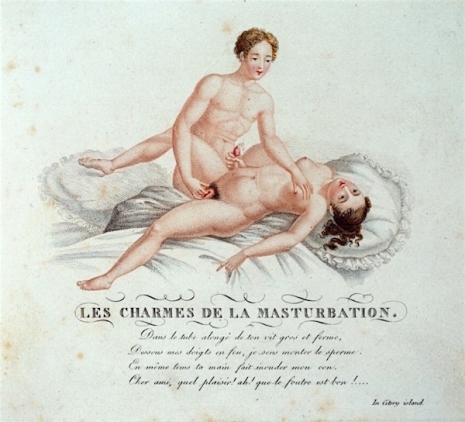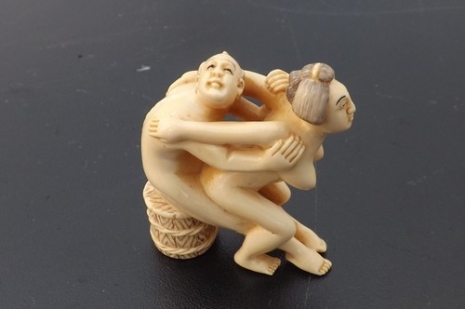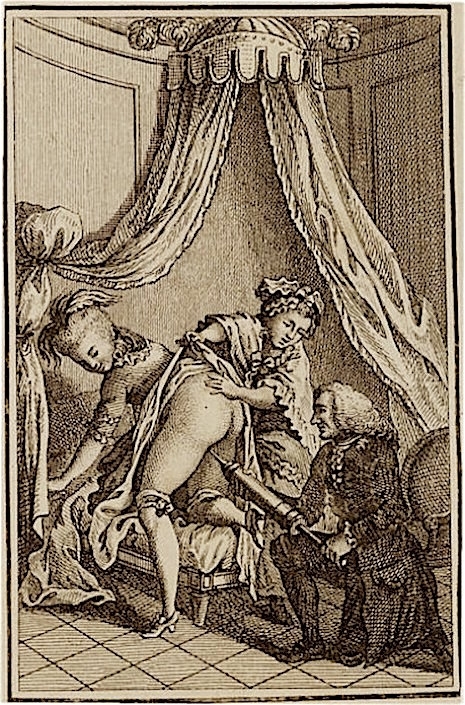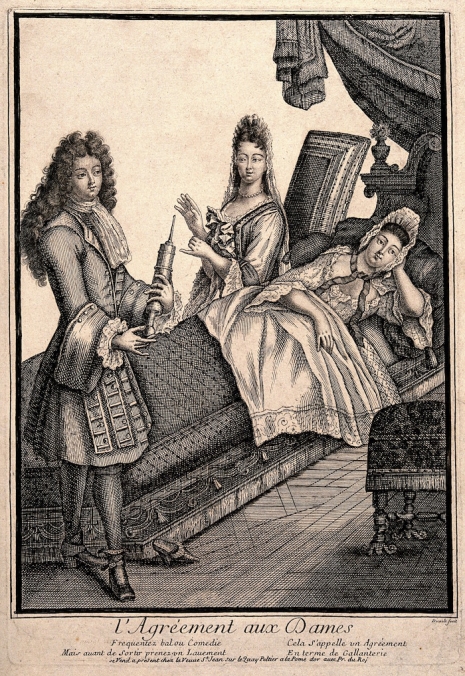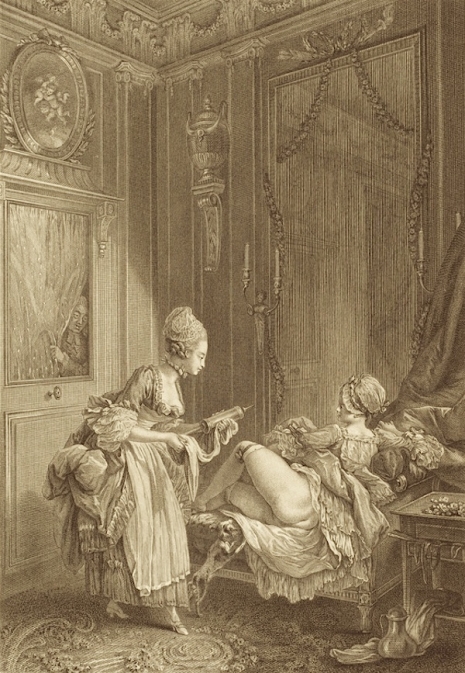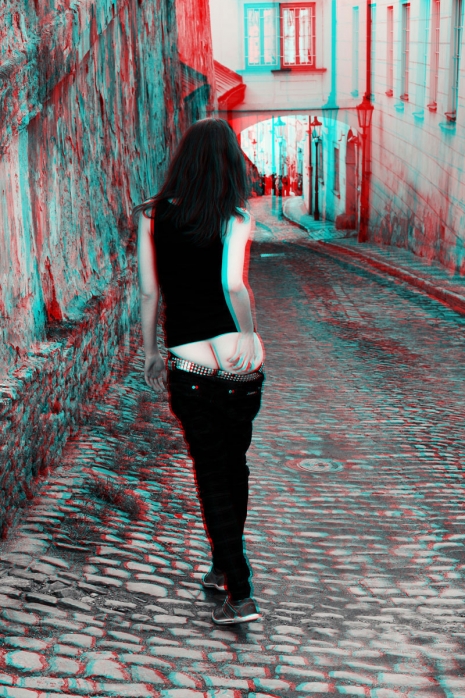
Jiří Růžek is one of the word’s best glamor and erotic photographers. He is described by critics and fans alike as an artist who has redefined the genre by producing fine art out of glamor photography.
Růžek considers himself just a photographer who takes nude portraits. He describes his work as Uglamour—a term he made up from the words “Ugly” and “Glamour.” He says his intention is to create “natural and straightforward photographs showing true and believable emotions.” This is what makes his photographs stand out and why many describe his work as fine art.
Born fifty years ago in Litoměřice, Czech Republic, Růžek is now based in Prague where he runs a studio, a workshop, and an exhibition space. His work has been exhibited across the globe and published in magazines and books by the likes of Taschen, Random House, Gmbh, and Constable & Robinson. Even with all this success, Růžek still finds time to run group and one-to-one photographic courses and private shoots.
But you really don’t need to know all this unless, of course, you wanna sign-up for a workshop or maybe be one of his photographic models. What I really want to share is Růžek’s gorgeous erotic 3-D Anaglyphs. These photos are stereoscopic pictures made from two red and cyan filtered colored images. Růžek’s 3-D photos have a sensuous beauty that recalls Edward Weston‘s nudes or Helmut Newton‘s provocative erotica but all are captured with Růžek’s own style. You’ll need your 3-D glasses to get the full effect.
See more of Jiří Růžek’s work here.
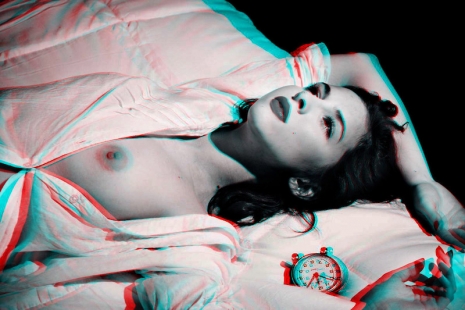
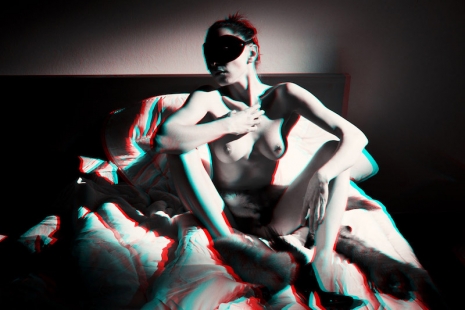

See more eye-catching 3-D beauty, after the jump…






